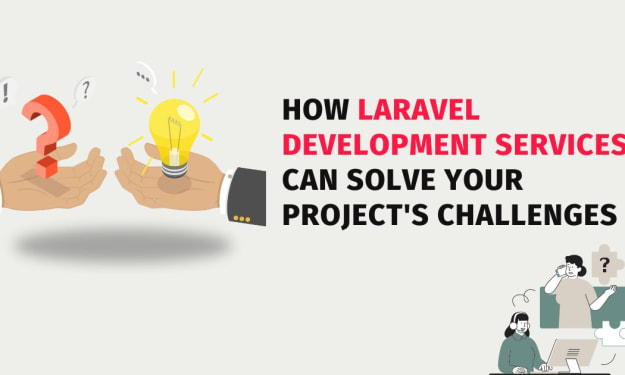Generative AI Models: Steps to Generate a Successful AI Model
Generative artificial intelligence (AI) describes algorithms refers to unsupervised and semi-supervised machine learning algorithms with cogito

Generative AI refers to the creation of artificial systems capable of generating new data or content in the same way that humans do. Images, music, speech, text, and video annotation other types of data can be generated utilizing Generative AI technology.
Among the most common methods of generative AI are deep learning algorithms like Generative Adversarial Networks (GANs) and Variational Autoencoders (VAEs), which learn from large datasets of examples. Using the training data, these algorithms can generate new content similar to the previously generated content.
In recent years, generative AI models have become increasingly popular due to their ability to generate new data. It is necessary to take a series of carefully planned steps in order to develop such models. This article outlines the steps involved in developing a generative AI model.
Data Collection
Developing a generative AI model requires collecting many examples of the type of data that you want it to generate. In the real world, the model will generate data similar to this dataset. A large dataset of cat images is necessary for creating an AI model that generates cat images, for instance. Cat breeds, poses, and lighting conditions should be included in diverse datasets.
Data Preprocessing
It is important to preprocess data after it has been collected before training an AI model. It may be necessary to convert data to numerical formats or resize images. It may be necessary to resize and convert images into numerical formats, such as RGB or grayscale.
Data Labeling
A tag or annotation should be used to label the data so that the AI model can understand it. Large volumes of labeled data are required for generative AI models to generate new examples. A cat’s breed, color, and other characteristics may need to be labeled when creating images.
Model Training
A generative AI model can be trained once the data has been labeled. Models will generate new examples using labeled data as they learn patterns in the data. In order to improve the performance of the model, the parameters will be adjusted as the model learns and tests. It may take several hours or days to process the dataset, depending on its size and complexity.
Model Evaluation
After training, it is important to evaluate the model’s performance to ensure that it generates new examples that are similar to those in the training dataset. A separate dataset is used to test models that didn’t appear in training. It may be necessary to adjust the architecture or adjust the parameters of a model in order to improve its performance.
Model Refinement
It may be necessary to refine the generative AI model based on the evaluation results. Model performance can be improved by adjusting the architecture or parameters. An updated model may need to be trained on a larger or more diverse set of data in order to generate new examples.
Model Deployment
As a final step, the generative AI model can be deployed in production to generate new examples of the datasets it was trained on. In order to develop a generative AI model, existing software systems must be integrated or a new application must be developed.
Final Thoughts
Data collection, preprocessing, labeling, training, evaluating, refining, and deploying generative artificial intelligence models are steps in the development of generative artificial intelligence models. In this way, a generative AI model that generates new data can be created that is indistinguishable from the original one. While such models can be developed, they aren’t appropriate for application everywhere, and they require significant expertise and resources.
About the Creator
Matthew McMullen
11+ Years Experience in machine learning and AI for collecting and providing the training data sets required for ML and AI development with quality testing and accuracy. Equipped with additional qualification in machine learning.






Comments
There are no comments for this story
Be the first to respond and start the conversation.